Each year, the VMN program creates a special recertification pin to recognize those volunteers who have completed another 40 hours of service and 8 hours of continuing education during the year. Each pin highlights a different Virginia native species, and the artwork has been almost entirely by VMN volunteers.
For our 2019 recertification pin, we decided to invite all VMN volunteers to submit photos and artwork representing aquatic invertebrates. Nearly all of our VMN chapters are engaged in monitoring the quality of local streams, often using biological monitoring methods. These methods involve seining and searching for aquatic invertebrates, which are then identified and classified by their tolerance to pollution. Healthy streams will have a diversity of pollution intolerant animals, such as stoneflies and caddisflies. If streams receive a lot of sediment or other pollutants from runoff, they become poor habitat for these species.
We had nearly 30 different entries, all of which showed the passion and talent of our VMN volunteers. We asked three experts in aquatic ecology and invertebrates to choose the artwork they felt would be the best fit for our pin.
We are excited to not only share the winning artwork (featured above) by Virginia Master Naturalist volunteer Rachel Caro in our Holston Rivers Chapter , but also all of the submissions (below). We think this collection is such an amazing and diverse representation of these important creatures.
Click on any image in the gallery to enlarge it and to see the name of the artist.
For our 2019 recertification pin, we decided to invite all VMN volunteers to submit photos and artwork representing aquatic invertebrates. Nearly all of our VMN chapters are engaged in monitoring the quality of local streams, often using biological monitoring methods. These methods involve seining and searching for aquatic invertebrates, which are then identified and classified by their tolerance to pollution. Healthy streams will have a diversity of pollution intolerant animals, such as stoneflies and caddisflies. If streams receive a lot of sediment or other pollutants from runoff, they become poor habitat for these species.
We had nearly 30 different entries, all of which showed the passion and talent of our VMN volunteers. We asked three experts in aquatic ecology and invertebrates to choose the artwork they felt would be the best fit for our pin.
We are excited to not only share the winning artwork (featured above) by Virginia Master Naturalist volunteer Rachel Caro in our Holston Rivers Chapter , but also all of the submissions (below). We think this collection is such an amazing and diverse representation of these important creatures.
Click on any image in the gallery to enlarge it and to see the name of the artist.

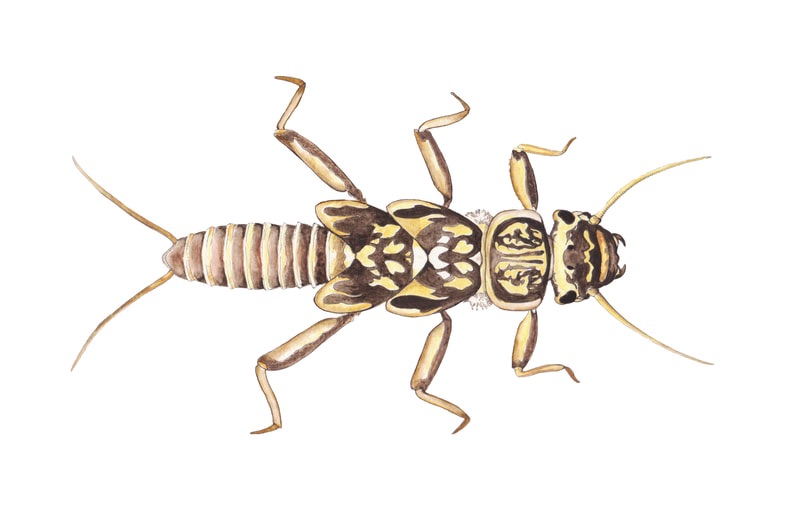
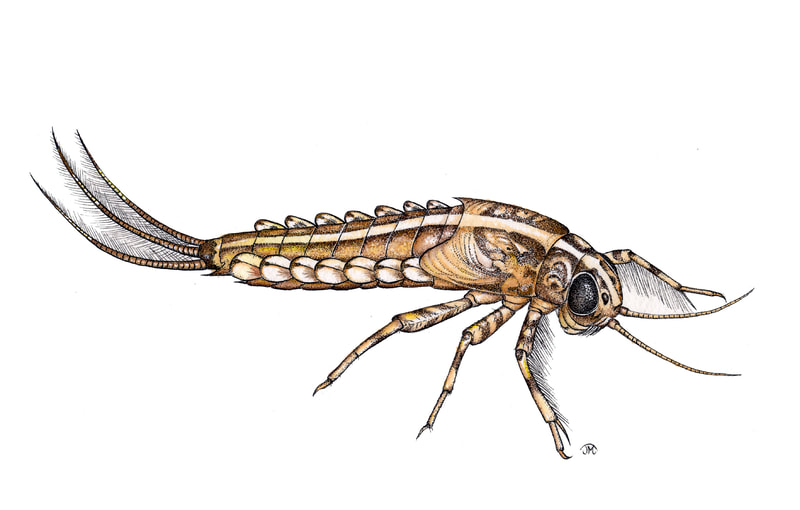
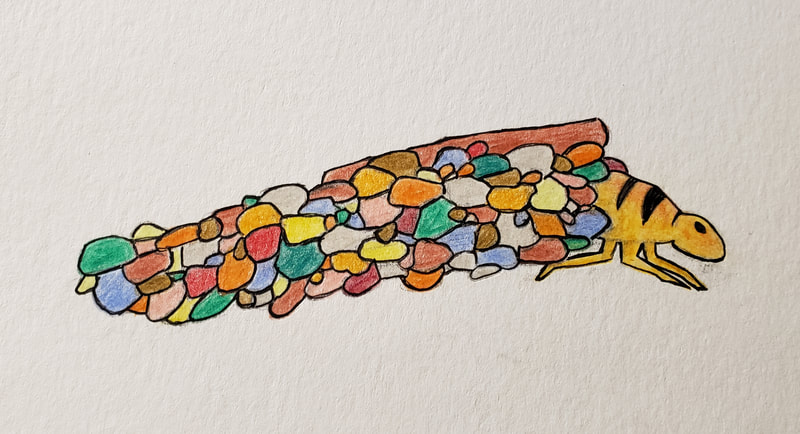
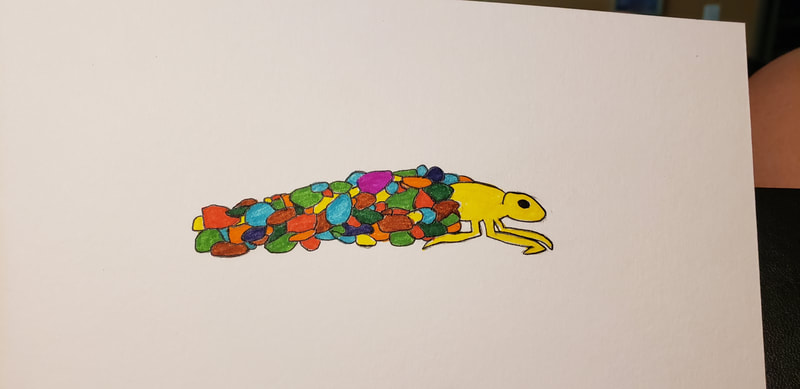
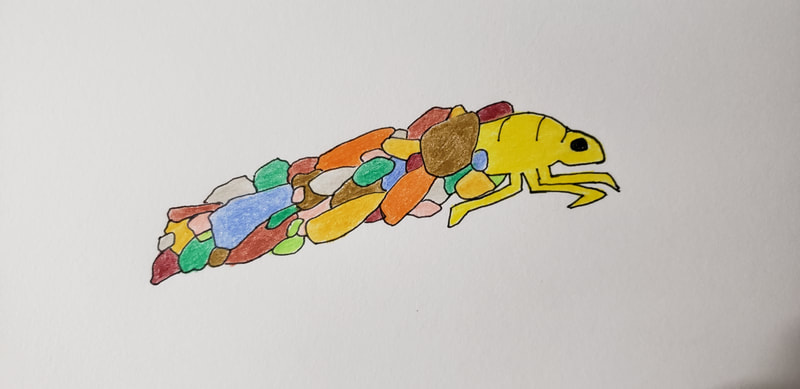
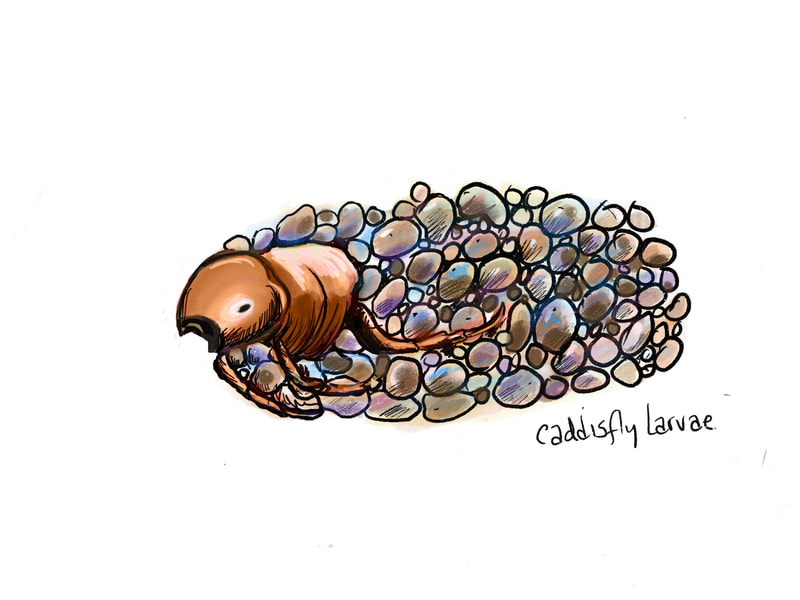
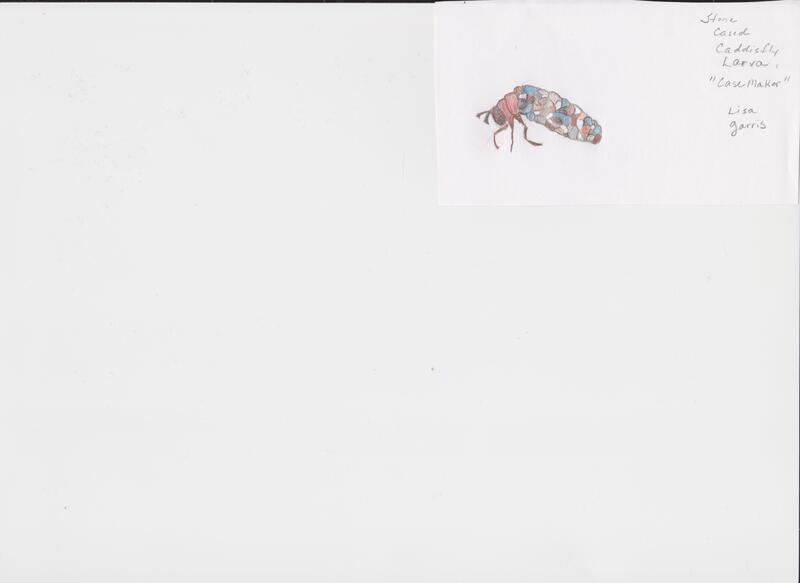

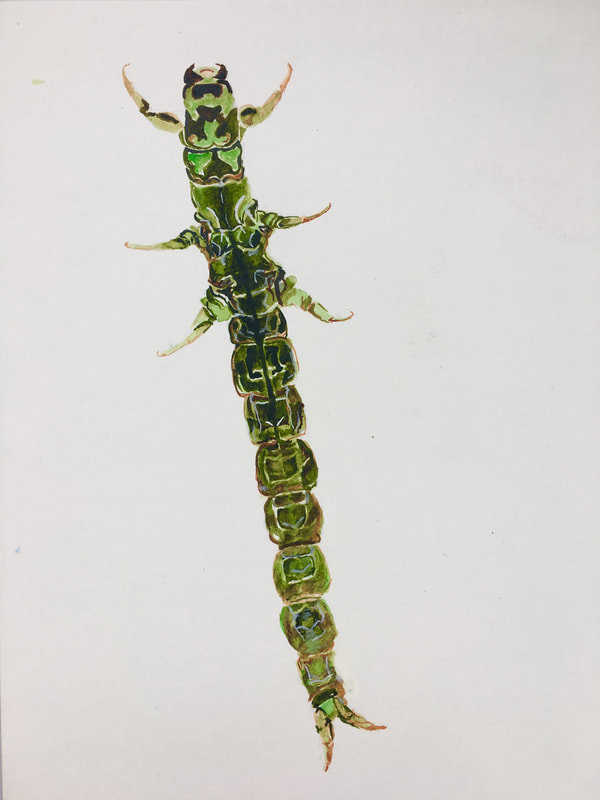
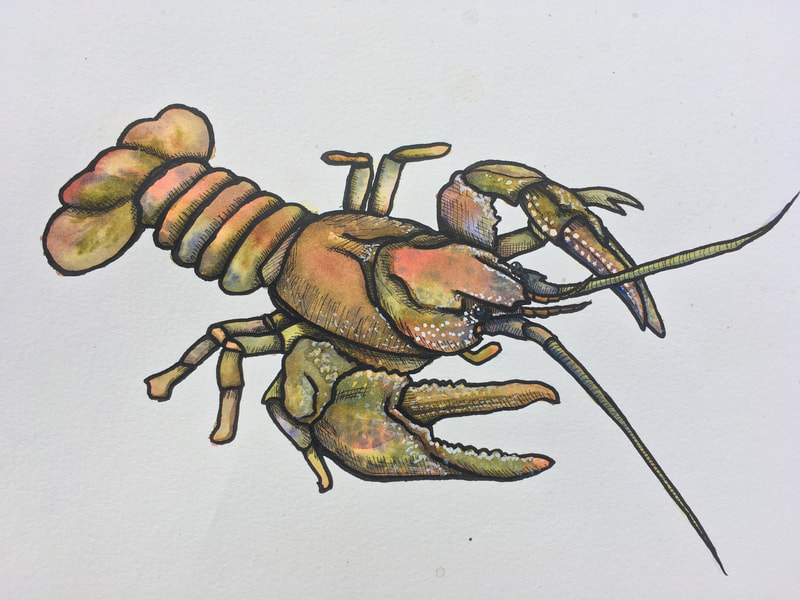
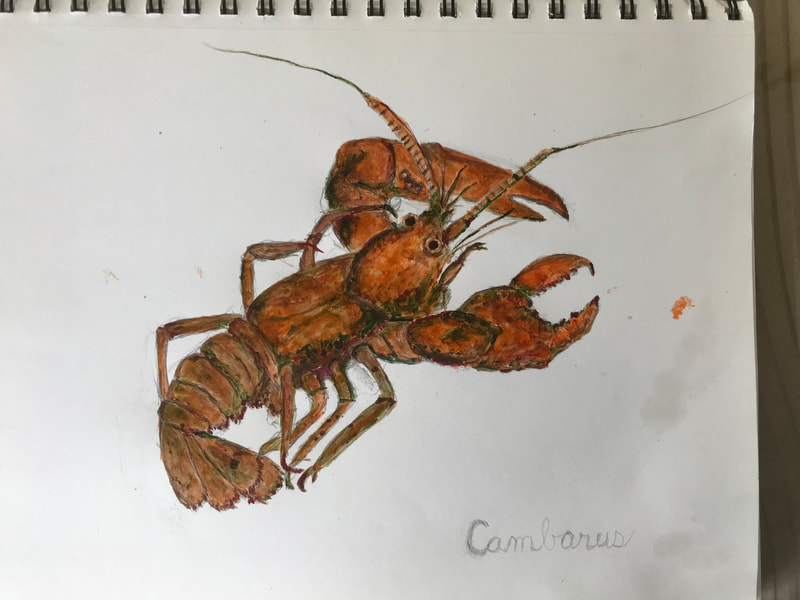
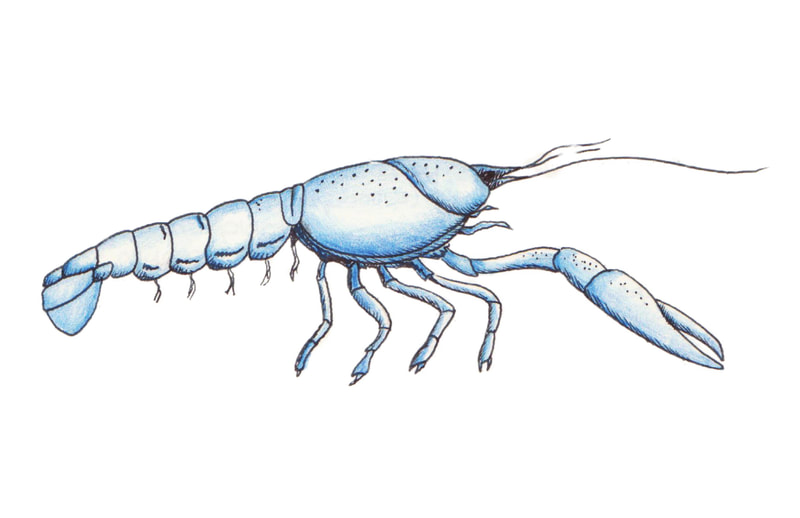
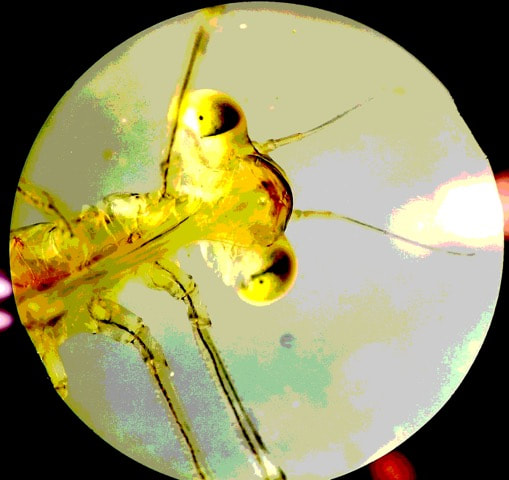
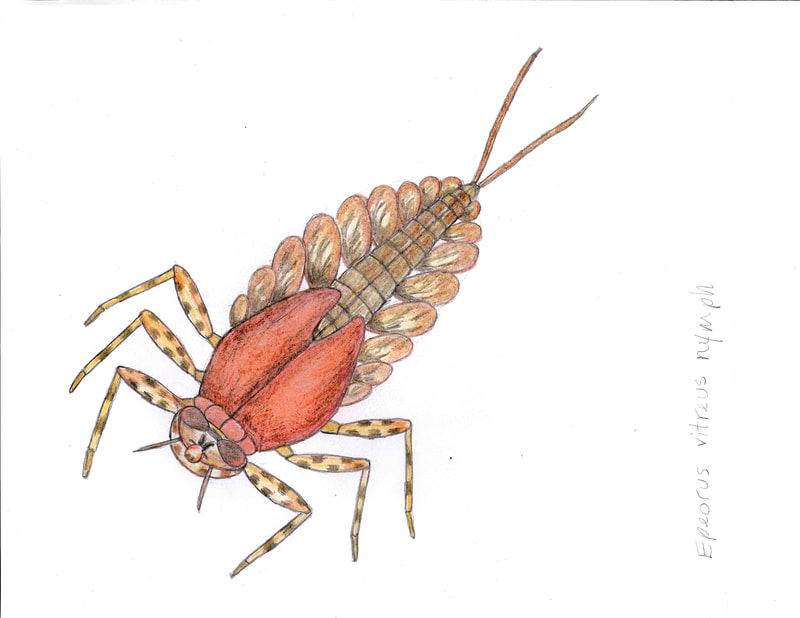
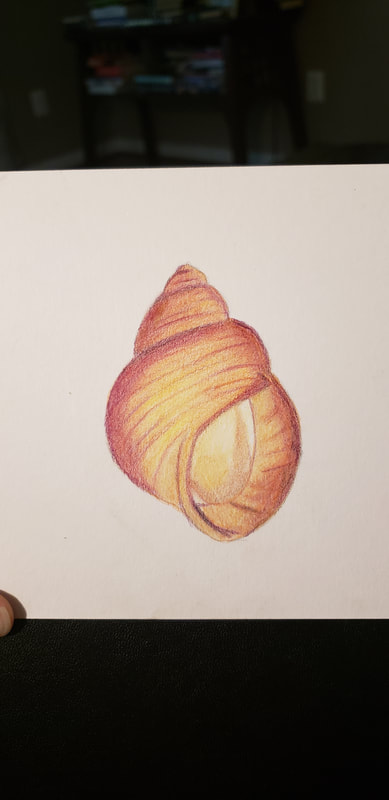
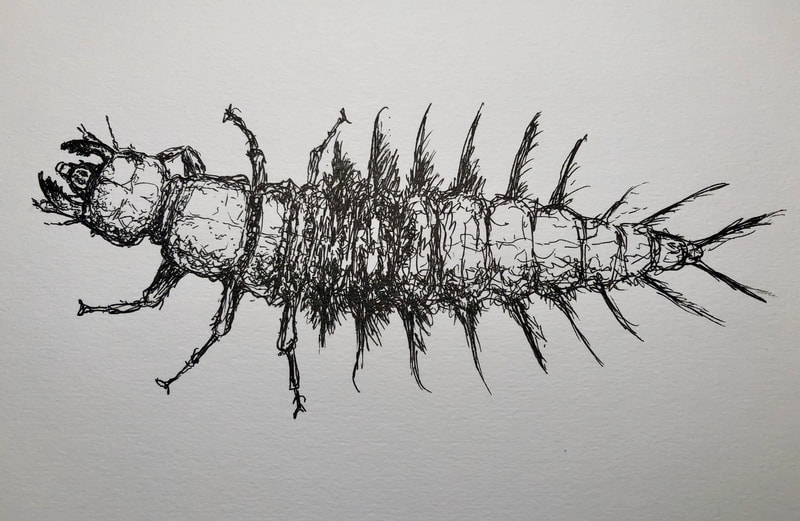
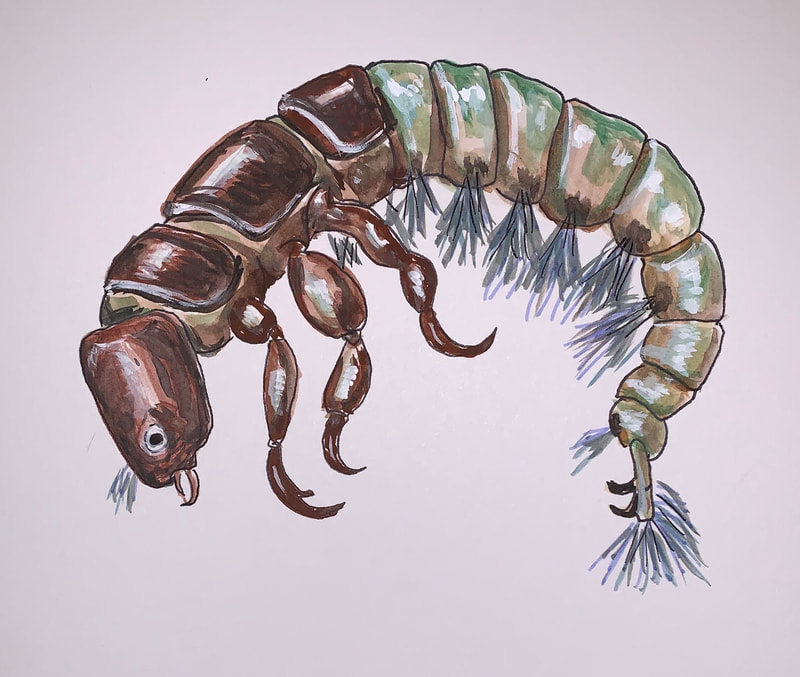
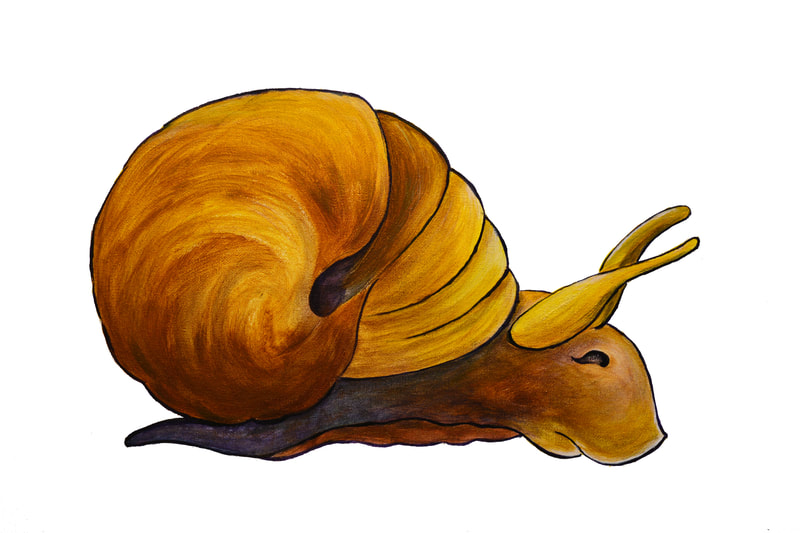
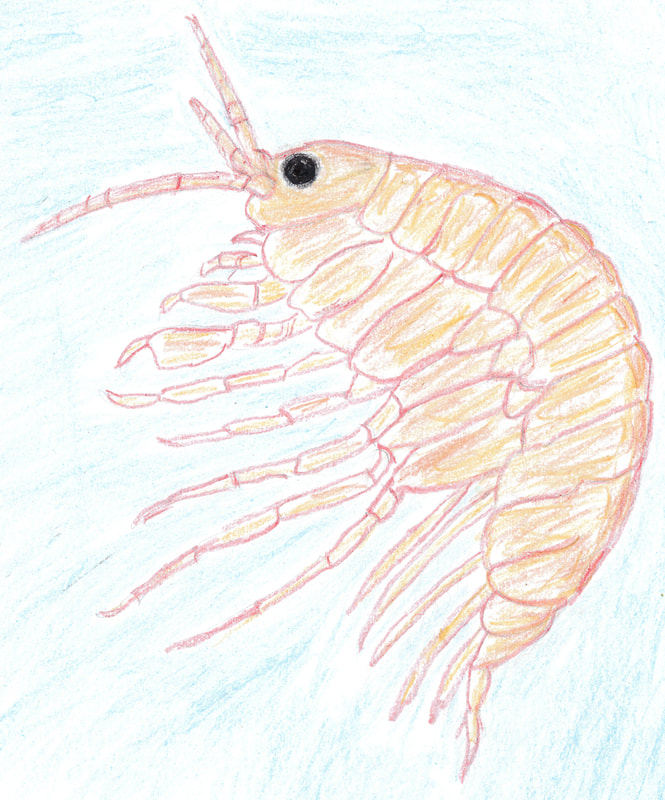
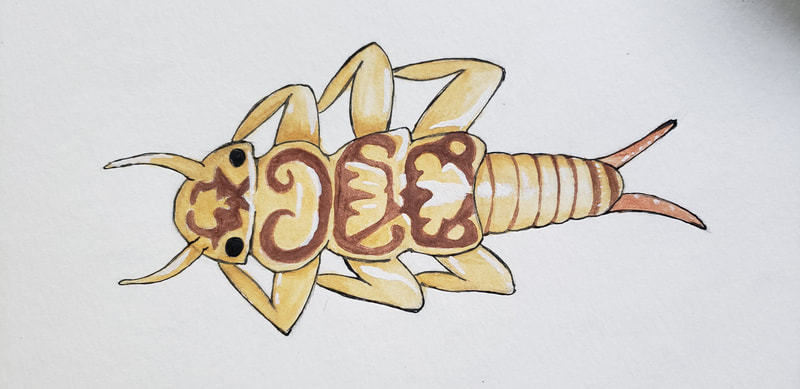
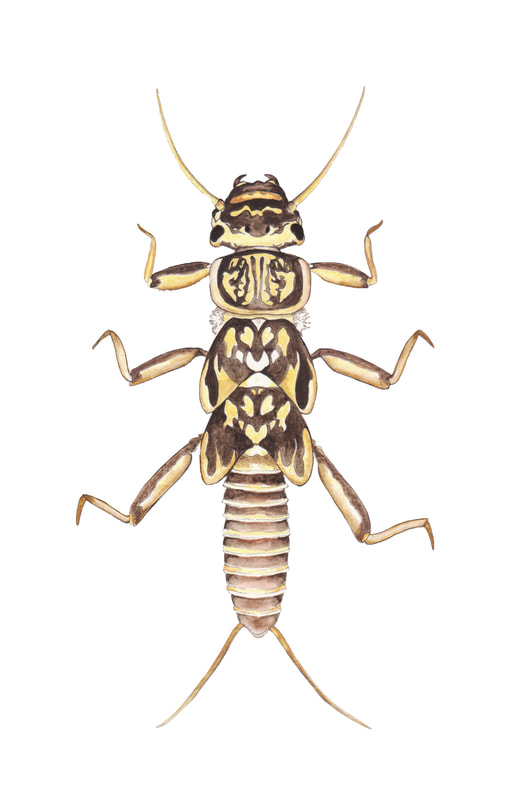
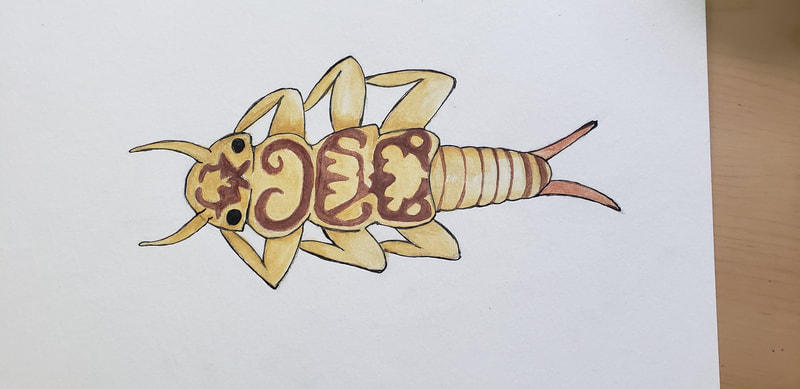
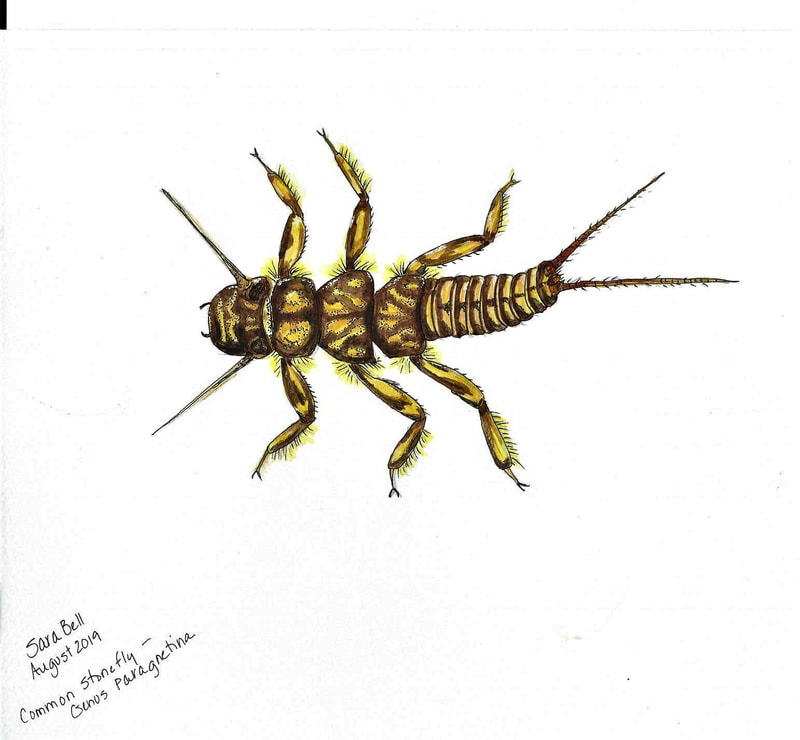
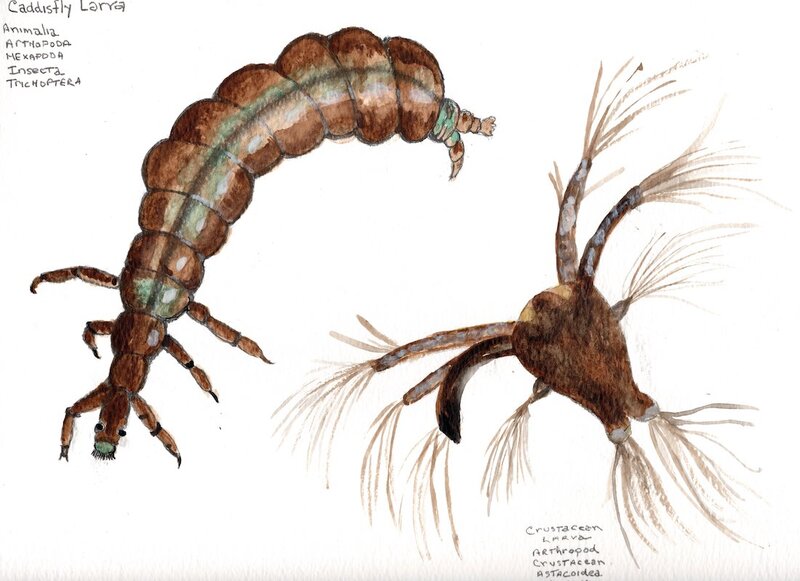

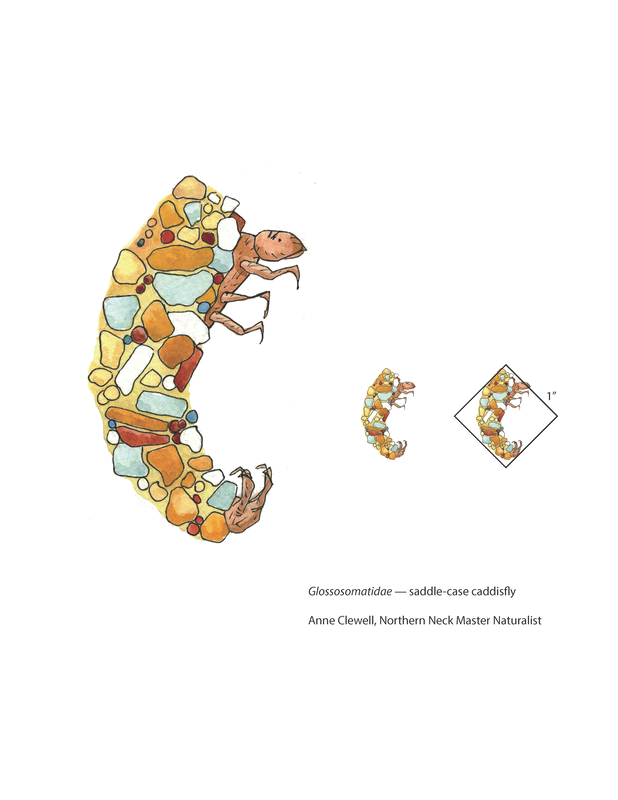
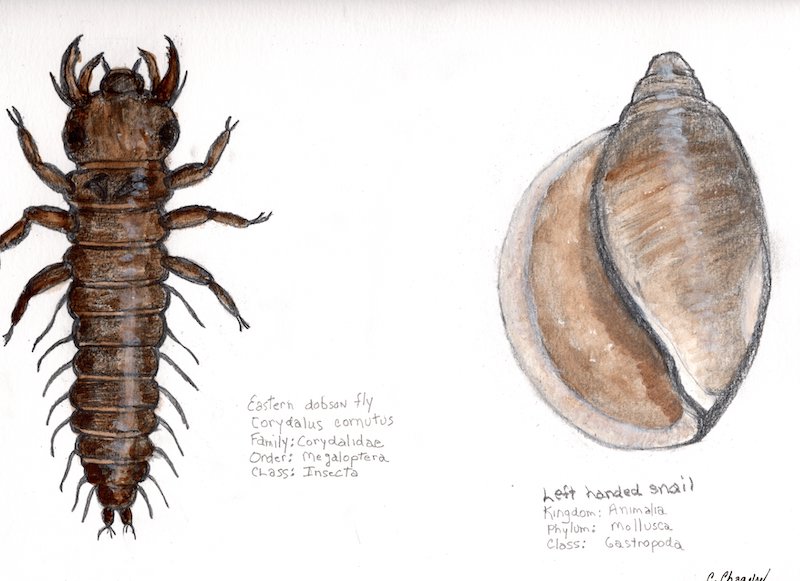

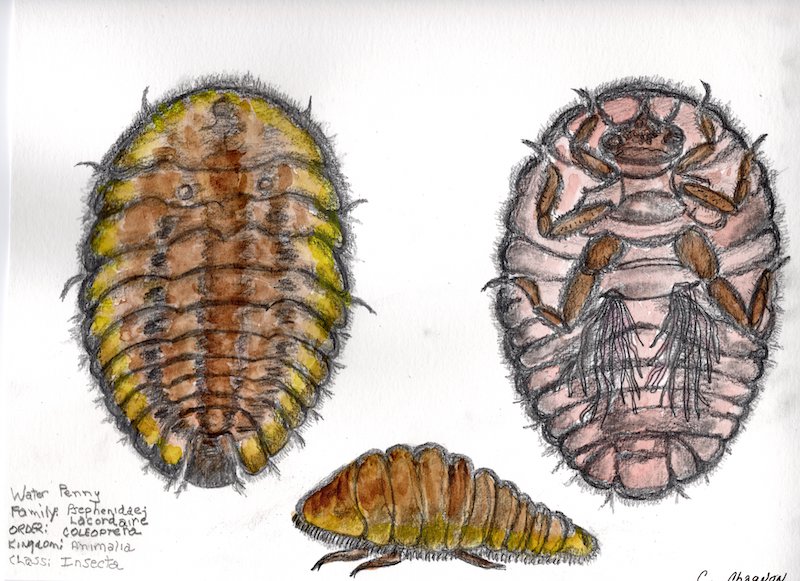
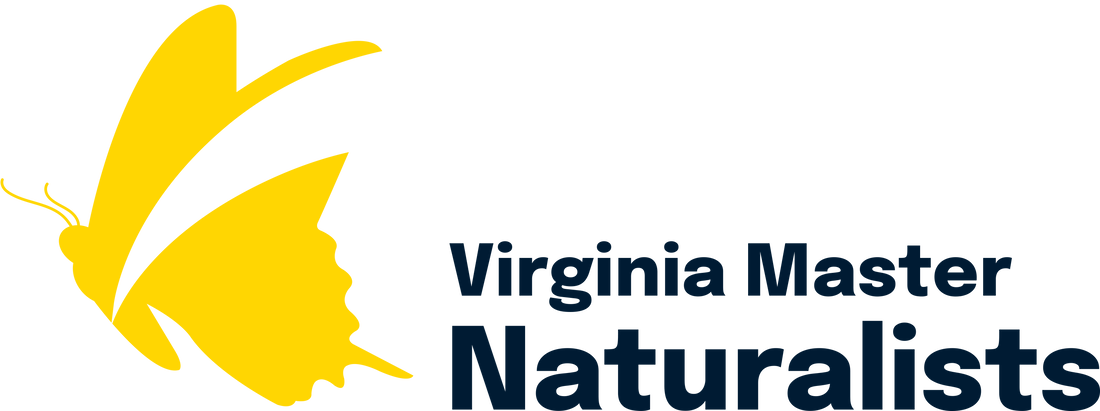
 RSS Feed
RSS Feed